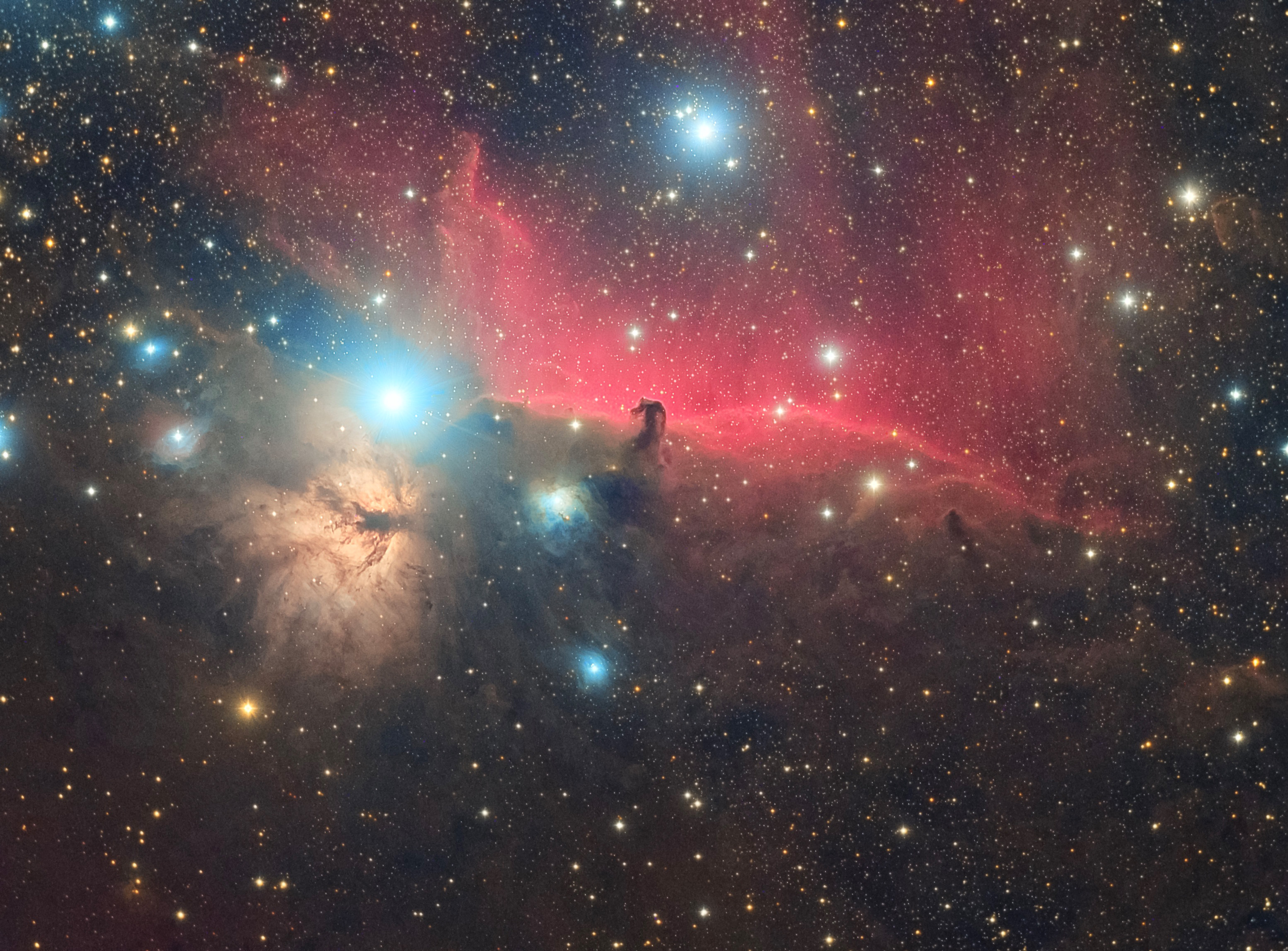

Shutter SpeedĬameras have a shutter, either mechanical or electronic, that is normally closed. Bigger holes collect more light, but suffer frmo more aberrations. Confusingly, the smaller the number, the larger the hole in the diaphragm.
#BEST TELESCOPE FOR ASTROPHOTOGRAPHY WITH NIKON D610 SERIES#
The f/stop is determined by the focal ratio, which is simply the focal length divided by the aperture.Īperture settings run in a crazy series of numbers like f/2.8, f/4, f/5.6, and f/8. Smaller openings let less light in.Ĭamera lens apertures are controlled by the f/stop setting. Telescopes have a fixed aperture determined by the diameter of the lens or mirror.Ĭamera lenses have an adjustable aperture - a diaphragm that can be adjusted to different sizes. The aperture of a telescope or camera lens is the size of the glass or mirror that collects light. Exposure Time - The length of time that the shutter is open in the camera collecting photons.Aperture - The size of the telescopes objective or lens determines how many photons it can collect in a given time.The number of photons recorded by a camera is affected by two factors you can control: The photons are counted in the camera and make up the signal in the image's signal-to-noise ratio, one of the main indicators of image quality. That means we need to record as many photons as we can. Here are some more in-depth explanations of everything mentioned above.Įxcept for the moon and planets, the stuff we want to shoot in the night sky is pretty faint. Use the self-timer or a remote release to open the shutter.

With a smartphone, click on a bright star or planet. With a DSLR or Mirrorless, use magnified Live View. Focus - on infinity and lock the focus there.Use the settings listed above to start.To shoot deep-sky objects like galaxies and nebulae, you will need a telescope on an equatorial mount to track the stars so you can use the long exposures required for these faint objects. If you have a telescope, you'll also be able to shoot the Moon, and even close-ups of craters on the Moon just by holding your camera up to the eyepiece of your telescope. You'll be able to shoot beautiful twilight pictures of the Moon and planets and constellations with just a camera on a tripod, or even just a phone propped up with a water bottle. You can get started taking simple astrophotos with almost any kind of camera, even a smartphone. You have to hold the camera very steady.Its easy to use short exposures and get good pictures in the daytime.Įxcept for the Sun, Moon, and brighter planets, astronomical objects are usually very far away, very faint, and only put out a few photons. The more photons you collect, the better the image will be.ĭaytime scenes on the Earth are illuminated by the Sun, which puts out a LOT of photons. Astrophotography is all about light, which is made up of photons.


 0 kommentar(er)
0 kommentar(er)
